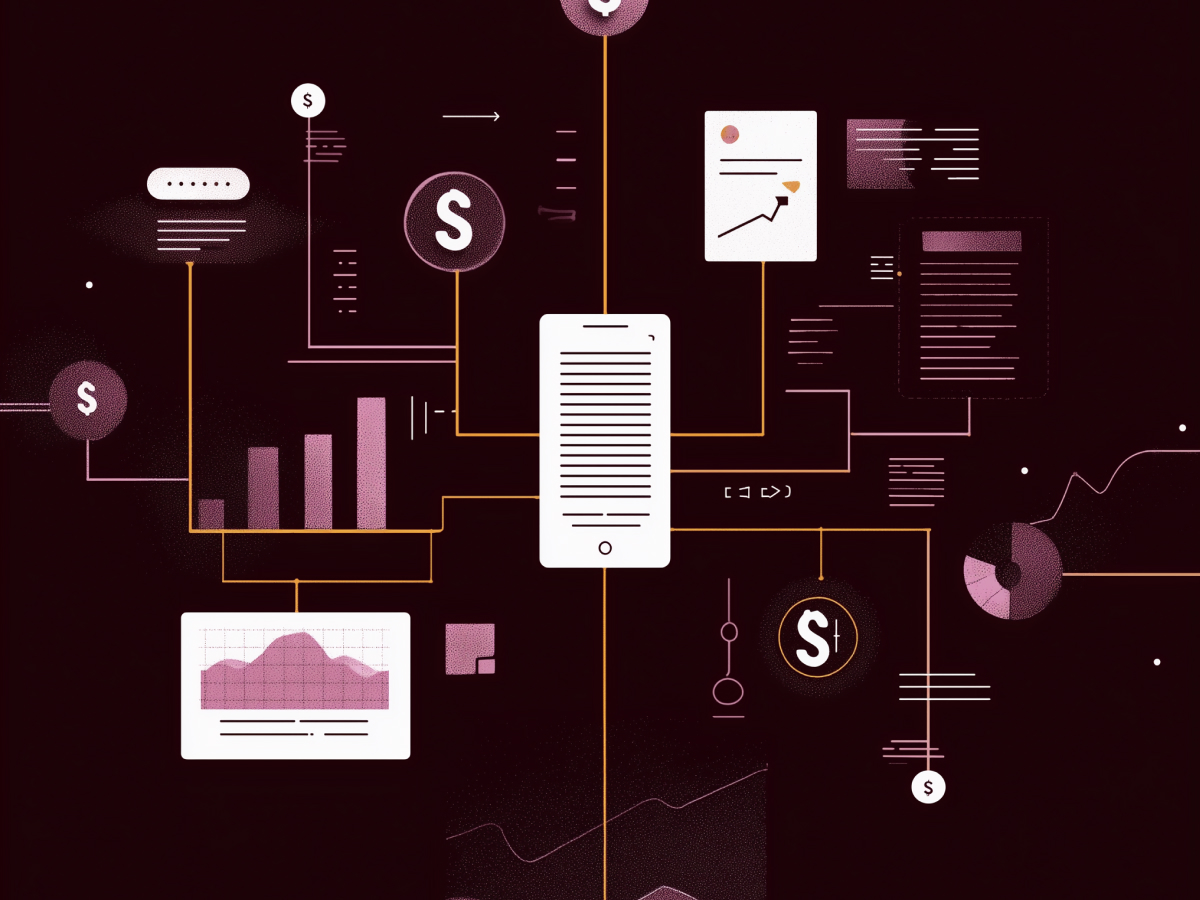AI-driven job scams pose a threat to hiring integrity
You wouldn’t expect a job interview to be a security risk. But now it is. We’re talking about coordinated fraud operations using generative AI to simulate entire personas, mask identities, and automate their way into your organization, then collect salaries while passing real work off to large language models.
The mechanics are getting sharper. AI can now generate near-perfect resumes tailored to your job descriptions. Fraudulent candidates, often represented by multiple individuals, learn these details just well enough to fake their way through interviews. The threat isn’t just poor output from unqualified hires. Once inside, these actors can access sensitive tools and infrastructure. That opens the door to undetected data breaches, intellectual property theft, or even malware injections.
In one recent case from early 2025, a CTO with over 30 years of technical hiring experience exposed an entire call center operation. Dozens of people were faking interviews, rotating actors for each round, training via AI-generated playbooks, and jumping from company to company before anyone noticed. The faster a company hires, the more likely they are to let one of these through.
The point is clear: this problem isn’t theoretical, and it’s not slowing down. If anything, it scales easily. These scammers don’t care about landing every job, they just need to succeed 1% of the time to make real money. That 1% is a boardroom problem.
Recognizable interview red flags can indicate candidate fraud
If hiring still feels familiar, it shouldn’t. Many of the behaviors we once considered harmless quirks in remote interviews are now indicators of deception. The fraudsters don’t always make big mistakes. Most of the warning signs are subtle. You have to look for them.
Say someone has camera problems but insists it’s a “technical issue.” They agree to an audio-only meeting. Then in the panel interview, they’re suddenly on video, but they don’t move naturally. They read from somewhere off-screen. Their responses sound formulaic. They pause too often before answering a basic technical question. When asked for their own work experience, they give textbook theories instead of real stories with outcomes.
One trusted hiring manager flagged a candidate when their background didn’t match the setting they claimed. They said they were at home, but the video feed showed people constantly walking past. When asked to switch off the digital background, they refused. Candidates wouldn’t move their hands in the frame, likely to prevent revealing deepfake distortions. These things taken alone might not mean much. Together, they matter.
There’s also a pattern of struggling when asked to describe specific use cases using the STAR method, Situation, Task, Action, Result. Real professionals respond with contextual clarity when talking about how they built something or solved a problem. The scammers? They default to abstract answers without metrics or timelines.
This subtle behavior is where scams start to fall apart. Technical competence can be rehearsed. Authentic experience can’t. You want to catch these red flags before the wrong hire starts using generative AI to do 100% of their job, or worse, uses your systems as a vehicle for something far riskier.
Targeted, scenario-based interview questions effectively expose fraudulent candidates
Detection doesn’t require elaborate systems. Right now, your best tool is dialogue, specifically, how you structure and sequence your questions. The fastest way to expose a scammer is to challenge their version of reality. Start with something from their résumé, then pivot to a related but incorrect assumption. If they’ve said they worked exclusively with AWS, ask them to walk through an Azure deployment they led. A legitimate candidate will correct you immediately. A fraudulent one will try to improvise, usually with inconsistent or generic explanations.
This method works because rehearsed answers break down quickly under pressure. You’re forcing the candidate to go beyond scripts. The actions and decisions behind someone’s past work are hard to fake when probed in layers. One CTO described using this strategy repeatedly until a supposed senior engineer slammed on their brakes mid-interview. When exposed, one of them admitted openly: they were part of a team that scrapes job ads, generates AI-crafted resumes, assigns actors to attend interviews, and then automates the work after they’re hired.
The idea is to validate that candidates can operate under uncertainty, think critically, and engage with real project mechanics. That’s something AI can pretend to do, for a while, but it can’t replicate the depth or muscle memory built from actual experience.
If the person you’re interviewing can’t survive a structured deviation in your questioning, you’re not talking to the professional who wrote that résumé. You’re talking to someone playing a role they barely understand.
Better hiring protocols and training are key to mitigate AI-driven fraud
This issue won’t go away with one smart interview tactic. You need a process, one your entire hiring team understands and executes with discipline. Train people to spot behavioral patterns that suggest coached performance or falsified presence. Enforce camera transparency. If a candidate won’t switch off a virtual background or show basic head and hand movement on video, treat that as a serious break in trust.
Don’t allow passive interviews. Get straight into the conversation. Start each session by asking the candidate where they’re calling from. It’s easy, but informative. Then move quickly into technical or scenario-based dialogue. Ask candidates to engage on tools and environments they’ve claimed to use. Validate their reasoning, why they chose specific technologies, what trade-offs they made, how they navigated constraints. Push for specifics.
For technical roles, replace traditional code challenges with live exercises. Set up working sessions or pair programming tasks with trusted team members. Watch how they think in real time. This immediate engagement reveals whether they understand the architecture and logic they claim to have built.
Also, review résumés before the interview yourself. Don’t outsource this to filters or junior staff. Know the history, the chronology, the key claims. That’s how you catch subtle contradictions, like claiming deployment ownership at a company that didn’t exist during that project timeline.
Executives can’t afford to treat hiring as a background process. The risk here goes beyond productivity. If the wrong actor gets access to your internal systems, especially at scale, the result is more than inefficiency. It’s exposure. Your defense starts with how you hire.
The broader implications of AI-enabled hiring fraud could jeopardize remote work
The rise of AI-enabled hiring scams has exposed a vulnerability in the way organizations approach remote work. If not addressed, this could shift momentum away from distributed teams and undo progress toward global hiring access. The issue here isn’t remote work itself. It’s weak verification methods made worse by AI scalability.
In-person interviews naturally reduce the risk of impersonation. You see who you’re talking to. Remote meetings blur that certainty. That ambiguity has now been exploited by highly coordinated fraud operations. These aren’t isolated incidents. They’re operating on volume, faking interviews, stealing roles, and automating tasks without detection. It doesn’t take a large success rate to make a dent. One percent is enough if it happens at scale.
For public companies or firms with high-value intellectual property, this becomes a risk factor that touches legal exposure, competitive leakage, and shareholder confidence. Hiring fraud creates delays in deliverables, degrades quality, and introduces potential actors with hostile intent into your infrastructure. If that candidate is handling sensitive code, financial data, or protected customer systems, any compromise can echo far outside the engineering team.
Still, we don’t need to walk away from remote hiring. We need to mature it. Strengthening the interview process, implementing deliberate checks, and training hiring teams to navigate digital deception can preserve the flexibility of remote work, without letting your company become a target.
Access to great talent shouldn’t require compromise. But relying on outdated hiring models, or assuming remote environments function like physical ones, creates unnecessary risk. As AI capabilities continue to evolve, so must the processes that determine who you trust to operate inside your systems. Ignore that, and risk compounds. Address it now, and you stay ahead.
Main highlights
- AI-driven hiring fraud is scaling fast: Fraud operations now use AI to generate resumés, coach fake candidates, and infiltrate companies, with some even automating the job post-hire. Leaders must treat this as a security risk
- Spotting engineered candidates requires new signals: Common red flags, like audio-only interviews, generic answers, and delayed responses, often indicate AI involvement or impersonation. Hiring teams should be trained to identify these patterns early.
- Smart questioning exposes weak impersonation quickly: Scenario-based questions that force candidates off-script are highly effective in revealing inconsistencies. Executives should direct hiring managers to test authenticity with misdirected or layered technical prompts.
- Hiring processes need immediate upgrades: Require real-time video checks, deeper résumé review, and live technical assessments to validate identity and skills. Organizations must train entire hiring teams in recognizing fraud indicators to protect against internal exposure.
- Remote work isn’t the problem: AI scams exploit weak interview models, not remote work itself. Leaders should refine digital hiring methods to preserve access to global talent while preventing critical risks in infrastructure, security, and brand trust.





